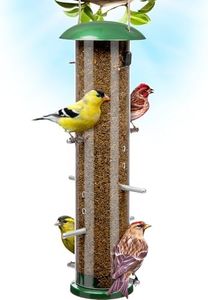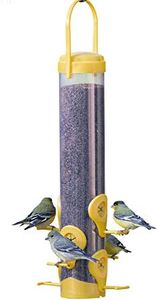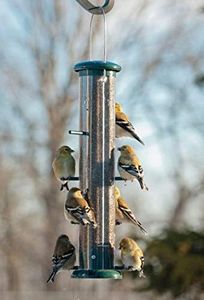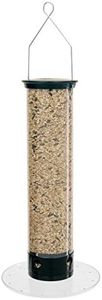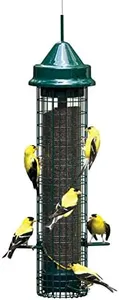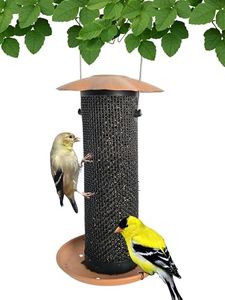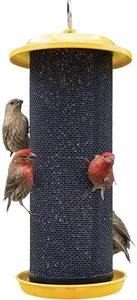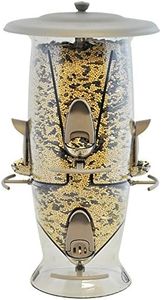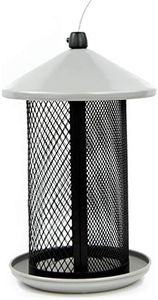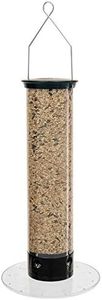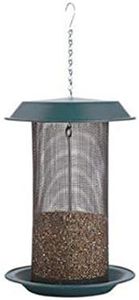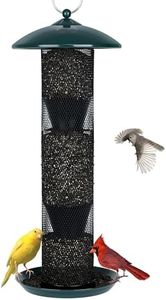We Use CookiesWe use cookies to enhance the security, performance,
functionality and for analytical and promotional activities. By continuing to browse this site you
are agreeing to our privacy policy
10 Best Thistle Feeder
From leading brands and best sellers available on the web.Buying Guide for the Best Thistle Feeder
Choosing the right thistle feeder for attracting finches and other small songbirds can be a wonderful way to bring more wildlife to your backyard. The goal is to find a feeder that keeps the seed fresh, is easy to clean, and lets you enjoy watching the birds comfortably. When picking a thistle feeder, you'll want to consider factors like material, capacity, ease of cleaning, how well it keeps seed dry, and the feeder's style because these can all influence both bird visitation and maintenance requirements.Feeder MaterialThe feeder material refers to what the body of the feeder is made out of, such as plastic, metal, or a combination. This matters because it affects how long the feeder lasts outdoors and how well it stands up to weather or squirrel attacks. Plastic feeders tend to be lighter and can sometimes discolor or crack over time if exposed to sunlight. Metal parts often last longer and deter squirrels but may heat up in direct sun. When choosing the right one for you, think about your local climate and whether your feeder will be in a sheltered spot or full sun.
Feed CapacityFeed capacity tells you how many pounds or ounces of thistle seed (also called nyjer seed) the feeder can hold at one time. This is important because it influences how often you need to refill the feeder and how fresh the seed stays. Smaller capacity feeders (under 1 pound) need frequent refilling but keep the seed fresher and are great for those who only get a few birds. Larger capacity feeders (1-2 pounds or more) let you fill less often, which is handy if you have a lot of finch visitors or can't refill often, but the seed could spoil if not eaten quickly enough. Choose based on how many birds you expect and how much time you want to spend on maintenance.
CleanabilityCleanability refers to how easy it is to take apart and wash the feeder. This is important because thistle seed can spoil, get moldy, or clog up feeder holes, which can be unhealthy for birds. Look for feeders that come apart easily without special tools and don't have too many tight crevices. If you enjoy cleaning and want to minimize mess and mold risk, a simple design is best.
Seed ProtectionSeed protection is all about how well the feeder keeps thistle seed dry and safe from rain, moisture, and pests. Features like weather guards or snug lids help keep the seed from getting wet, and small hole designs reduce spillage. If you live in a rainy area or have lots of animal visitors, this factor becomes more important. Choose a feeder with protective features if keeping seed dry is likely to be a problem for you.
Feeder StyleFeeder style describes the overall shape and design—such as tube feeders with small ports or mesh sock feeders. Tube feeders keep seed contained and reduce waste, offering several perches for birds. Mesh sock feeders let birds cling all over the feeder and can be fun to watch but might spill seed more easily. Your choice depends on what birds you want to attract and your personal preference for bird-watching, as well as how comfortable you are with possible seed mess on the ground.
